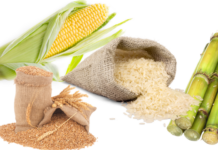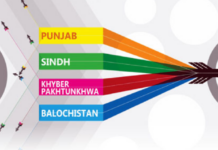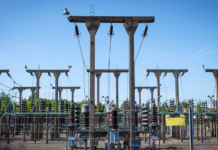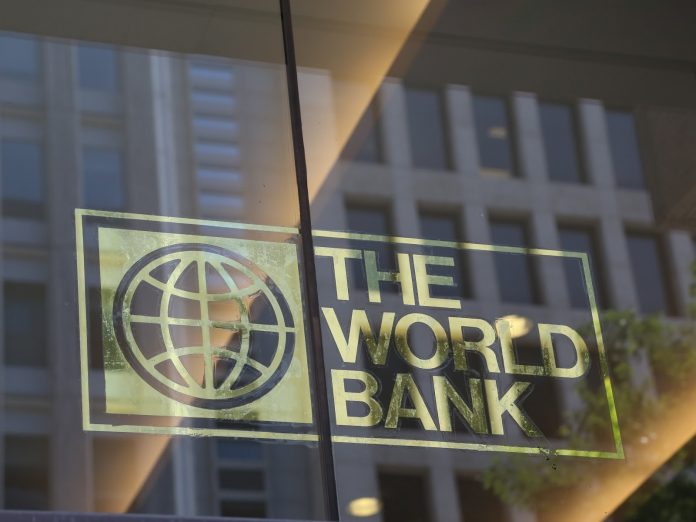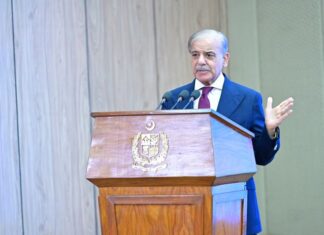ISLAMABAD: The World Bank has rated the progress of the $207.17 million Punjab Affordable Housing Program as moderately satisfactory.
The program was approved in March 2022 to help the Punjab government improve its housing institutions and systems and to increase the supply of affordable housing.
According to official documents, the total cost of the project has increased from $200 million to $207.17 million. Disbursements have reached $24.54 million so far. Program implementation is picking up pace, and many of the yearly targets for Disbursement Linked Indicators have already been met.
Key developments include the setup and launch of three digital systems: the Housing Market Information System, the Project Management Information System, and the Beneficiary Management Information System. Authorities have also finalized the Location and Infrastructure Investment Criteria.
The updated rules and regulations under the Affordable Private Housing Scheme have been approved.
A rapid housing assessment has been completed, while a full housing assessment will be done as part of the work to draft the Punjab Affordable Housing Policy. Work is ongoing to finalize beneficiary eligibility criteria that reflect local market conditions and aim to support lower-income households.
These criteria are expected to be completed by the end of August 2025.
Designs and cost estimates for core housing prototypes are also in progress and are scheduled to be finalized by the end of August.












